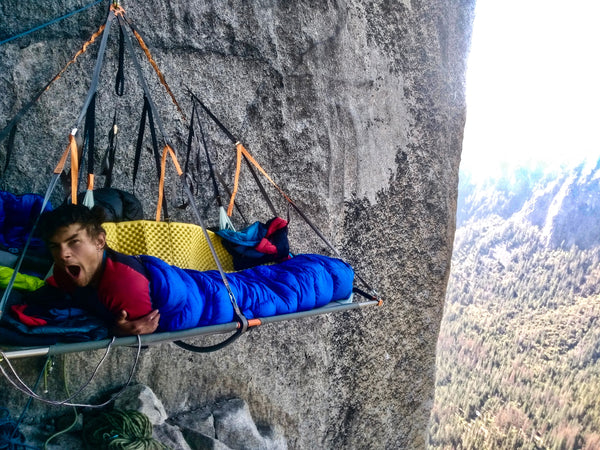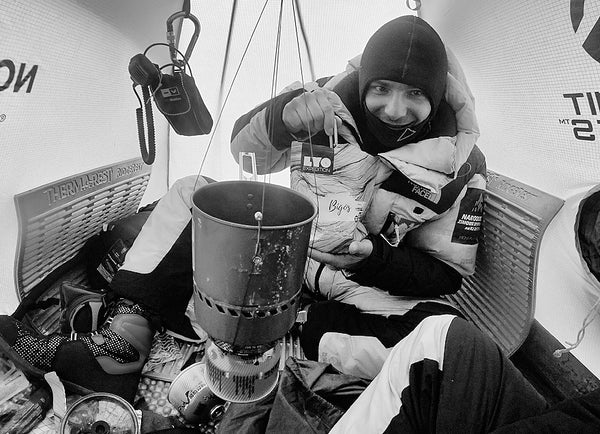Glaciers On The Move
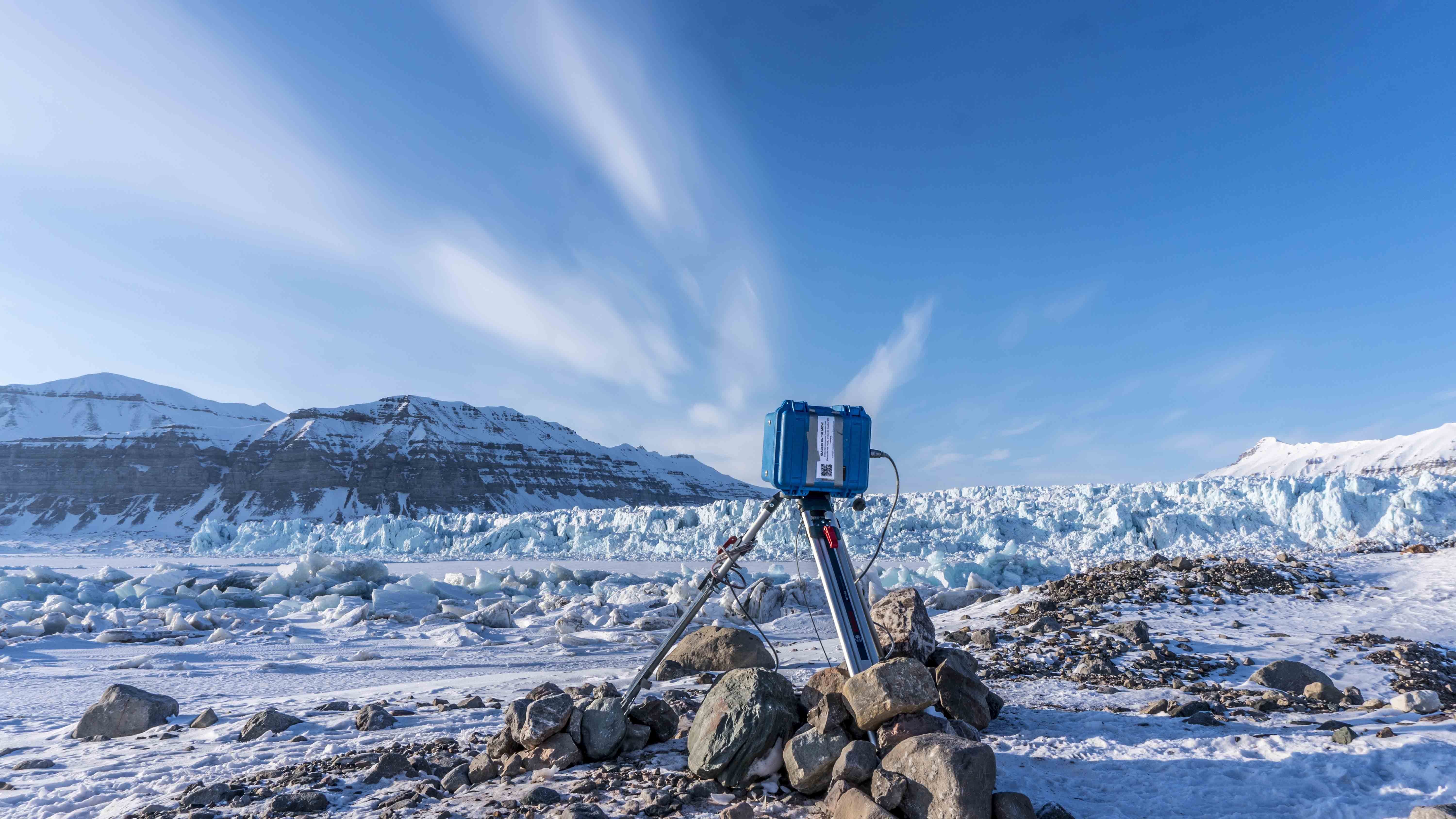
Photo: Heidi Sevestre
Glaciers On The Move was founded by Glaciologist Dr. Heidi Sevestre and Photographer David Wrangborg. David and Heidi met in Svalbard when they were both working at the University there. The project started in 2017 and aims to raise awareness on a special type of glaciers that are found on the Arctic Archipelago of Svalbard in the Norwegian High Arctic. To do so, Heidi and David will create an exhibition for the Northernmost museum in the world, the Svalbard Museum. The exhibition will take place between the 31st of October 2019 and the 31st of December 2019.
 Photo: Heidi Sevestre
Photo: Heidi Sevestre
Surging glaciers are one of the biggest enigmas in Glaciology.
These are glaciers that can quickly accelerate and reach speeds over 5-10 m per day over several years! After the “surge” (the acceleration) the glacier becomes almost dormant and moves extremely slowly for a few decades. This behaviour is cyclical, it is being repeated over and over again. This unusual behaviour has been observed in about 25% of the glaciers in Svalbard. We find surge-type glaciers in other places in the world such as Alaska, Iceland, Arctic Canada, Greenland, Karakoram mountains, Pamirs, and a few in the Andes.
The surge, being one of the most dramatic natural phenomena on Earth isn’t well understood today. We are still trying to understand why some glaciers can surge, while most do not. We believe that water stuck at the base of the glacier must have a very important role to play in surging, but lots remain to be understood.The project involved two field campaigns in Svalbard: one in the Spring, and one in the Summer. Fieldwork is an essential component of the project, it allowed Heidi and David to collect a lot of material for the exhibition, and also to make the science on these glaciers progress.
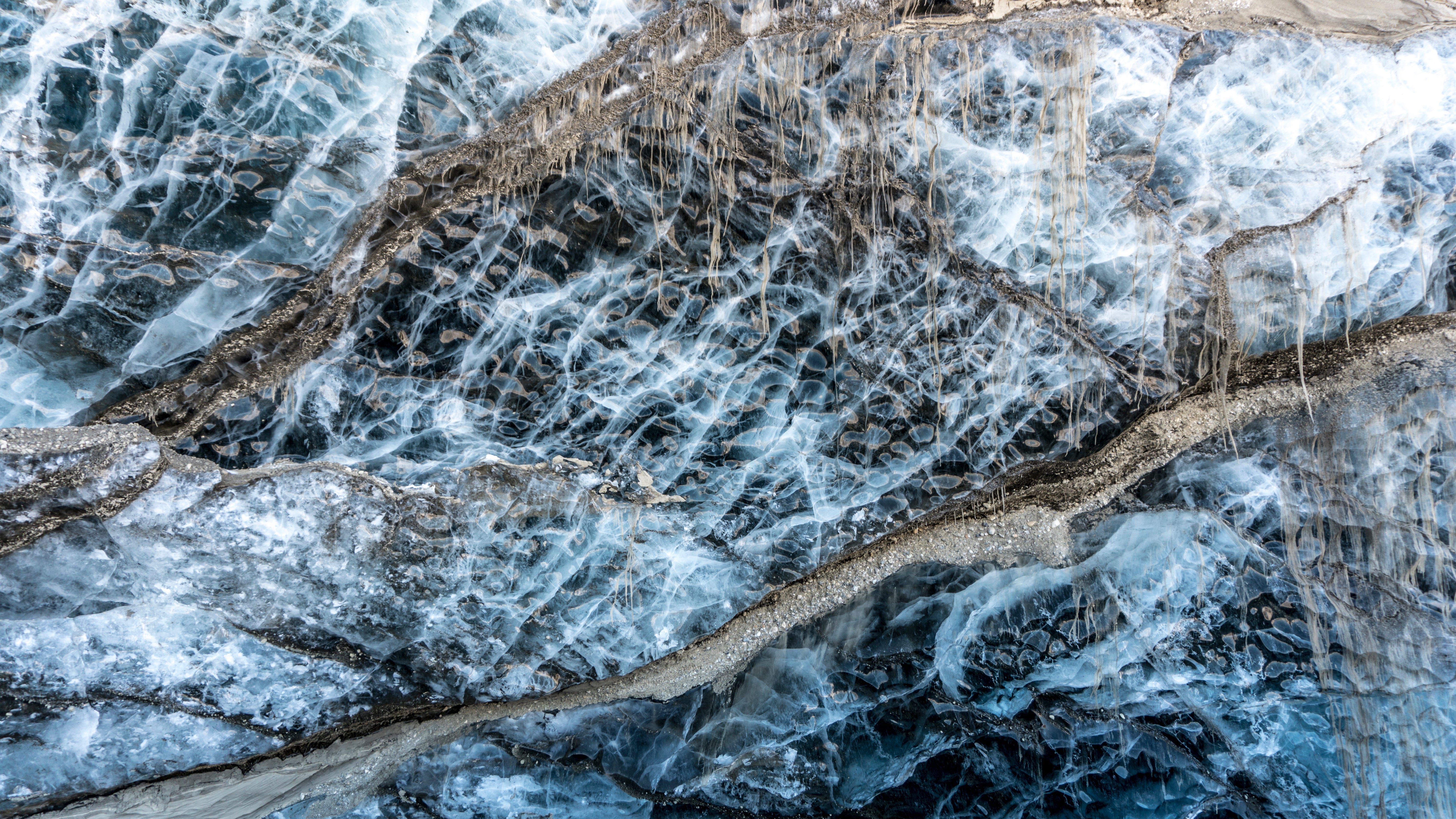 Photo: Heidi Sevestre
Photo: Heidi Sevestre
The first field campaign took place at the end of April in Tempelfjorden, a stunningly beautiful fjord North of Longyearbyen, the “capital” of Svalbard. Spring fieldwork is mostly done using snowmobiles. These machines can help us to cover great distances on glaciers, sea ice, any type of terrain. The weather was incredible, sea ice was strong, the conditions were ideal. The team collected a lot of videos, drone footage, photography and successfully installed two time-lapse camera to monitor the surge of the glacier in Tempelfjorden.
 Photo: Heidi Sevestre
Photo: Heidi Sevestre
In August, the team returned to Svalbard for the second and last field campaign, this time in Yoldiabukta, West of Longyearbyen, to study the surge of Wahlenbergbreen. The team grew a lot bigger to help and support the demanding summer fieldwork. No snowmobiles to take people around this time! 8 days of fieldwork enabled the group to investigate Wahlenbergbreen from all angles, and all and all it was a very joyful and successful field campaign.
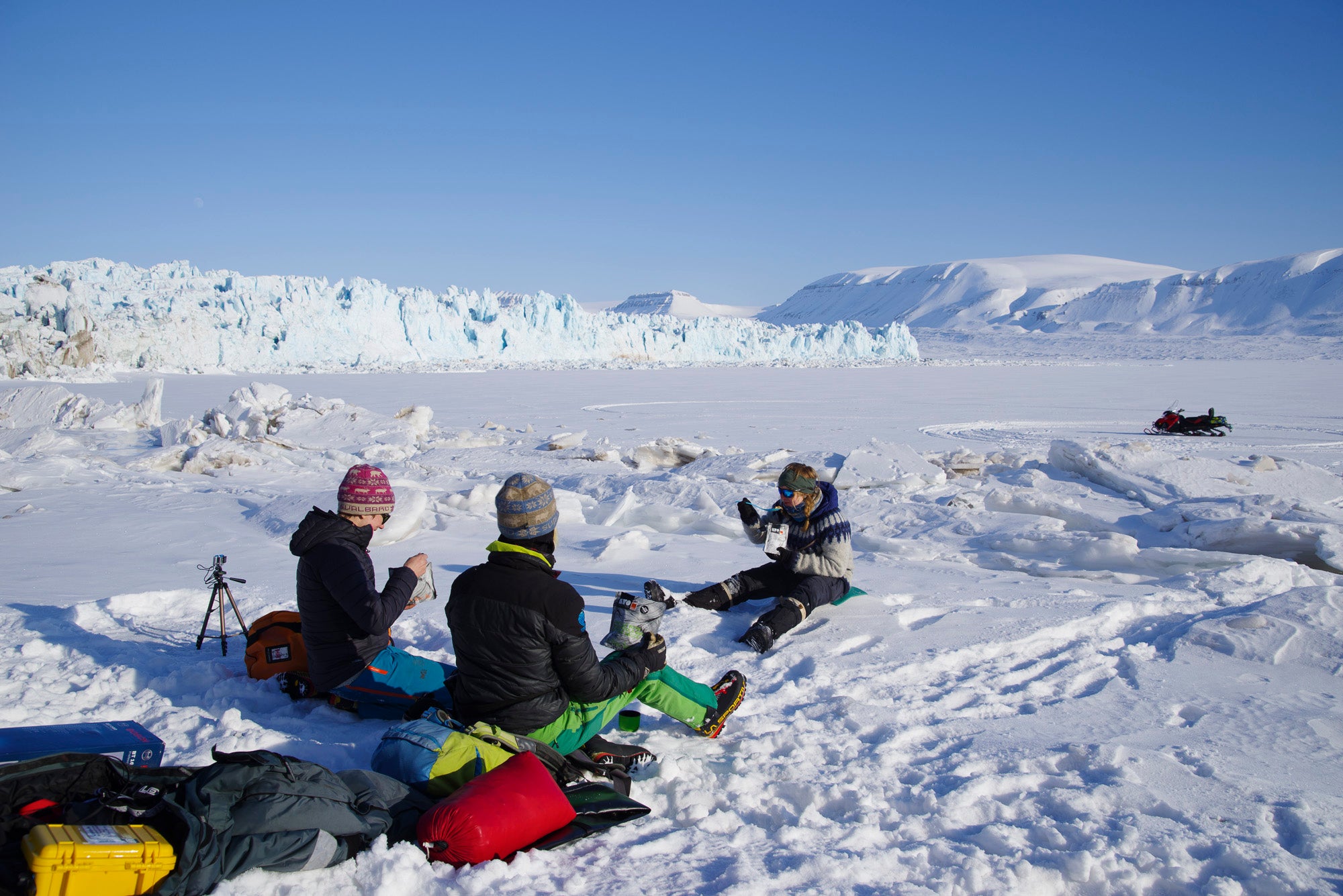 Photo: David Wrangborg
Photo: David Wrangborg
The extreme conditions in Svalbard and challenging fieldwork require nutritious food that can quickly be prepared even far away from the tent. Not a simple task on the ice or at the top of a mountain. During these two field campaigns, the teams were powered by LYOFOOD, and glad they were! Fieldwork is not often remembered for the food, but this time we simply couldn’t wait to sit down and devour our healthy and tasty meals.
You can follow their project here: glaciersonthemove.com and Instagram profile


